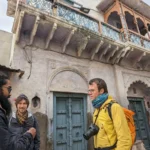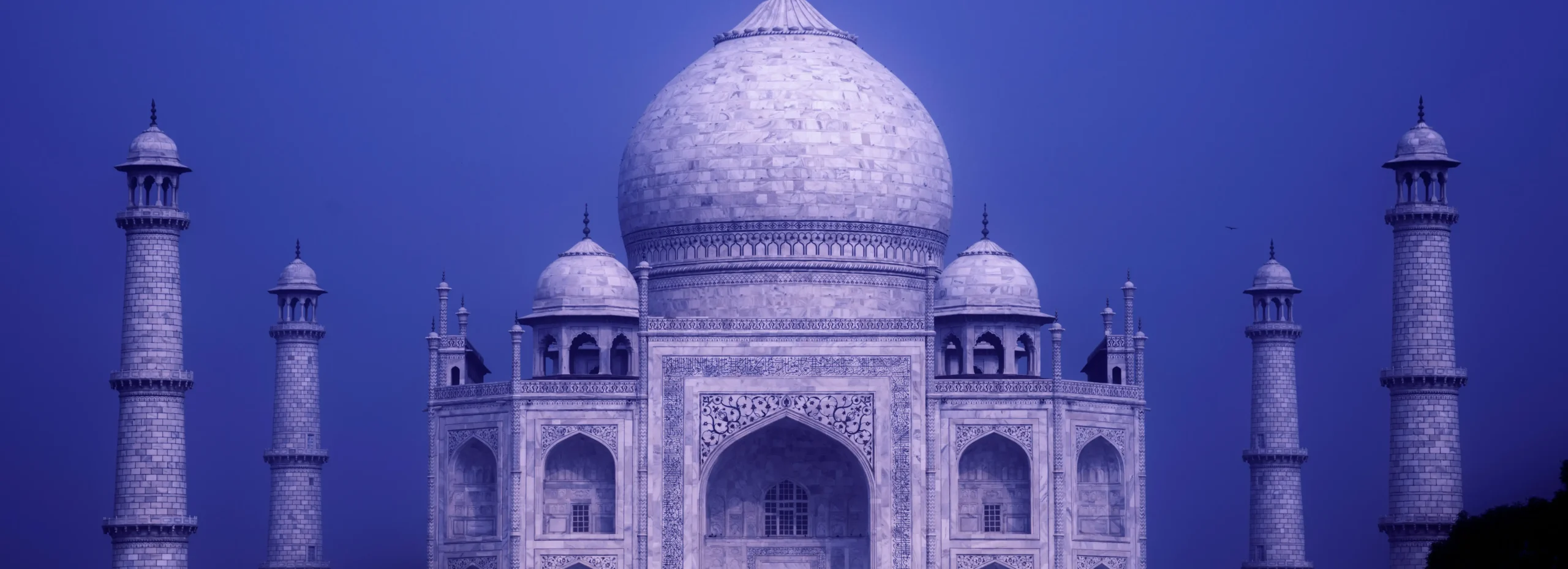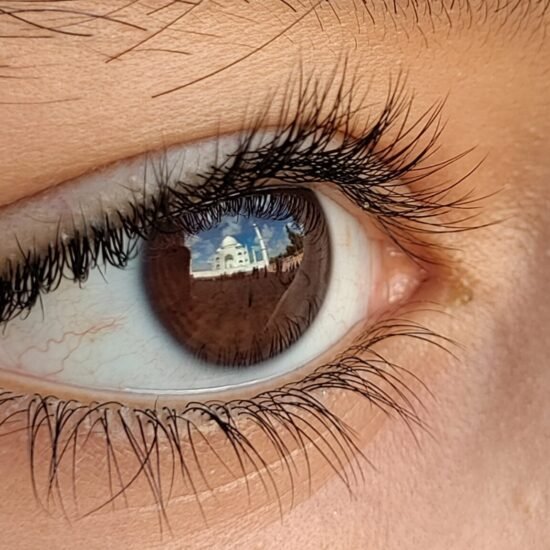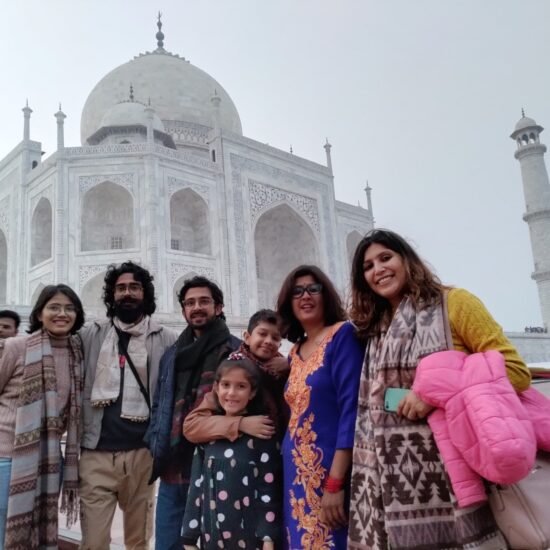Fatehpur Sikri – Dream City Of Akbar
Fatehpur Sikri – Mughal Emperor Akbar in the late 16th century
Fatehpur Sikri, located near Agra in Uttar Pradesh, India, is a historic city founded by the Mughal Emperor Akbar in the late 16th century. Intended as the capital of his empire, Fatehpur Sikri was constructed primarily from red sandstone, showcasing a blend of Islamic, Hindu, and Persian architectural styles. This UNESCO World Heritage site is renowned for its grand palaces, mosques, and courtyards, including the Jama Masjid, Buland Darwaza, and Panch Mahal. Despite its magnificence, Fatehpur Sikri was abandoned after only about 15 years, likely due to water scarcity. Today, it stands as a preserved ghost city, offering insights into Mughal artistry and Akbar’s vision of a unified cultural and religious empire.
-
Departure/Return Location
Pickup from your stay available. -
Departure Time
Please arrive by 5:45 AM for a departure at 6:00 AM -
Return Time
Approximately 9:30 AM -
Dress Code
We might be entering homes of community people, religious spaces, dress sober and comfortably and respect the instructions -
Included
GuideMealsTransport -
Not Included
AccommodationFlightsInsurance
Tour Plan
Stop 1: Introduction to Taj Mahal
Stop 2: Construction and Layout of Taj Mahal
Stop 3: Symbolism in Taj Mahal
Stop 4: Imagining Taj Mahal in its Prime
Stop 5: Taj Mahal as a Symbol of Power
Tour Review Scores And Score Breakdown
Read what people who toured with us has to say about the tour.






